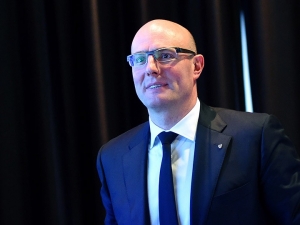 In 2016 at the initiative of the largest Russian media holding the national advertising Alliance (NAA) was created, it implemented a unified procurement platform of TV advertising. Today the NAA controls more than 95% of television advertising in the country. “Gazprom-media” is one of the founders of the Alliance, along with three of the largest Russian media holdings. The General Director of holding and the Chairman of the Board of Directors of the NAA Dmitry Chernyshenko told TASS about the role of the union for the advertising industry and new scenarios of the development of the media market.
In 2016 at the initiative of the largest Russian media holding the national advertising Alliance (NAA) was created, it implemented a unified procurement platform of TV advertising. Today the NAA controls more than 95% of television advertising in the country. “Gazprom-media” is one of the founders of the Alliance, along with three of the largest Russian media holdings. The General Director of holding and the Chairman of the Board of Directors of the NAA Dmitry Chernyshenko told TASS about the role of the union for the advertising industry and new scenarios of the development of the media market.
— What do you think about NAA work? How the formation of the Alliance has affected the TV advertising market?
— The establishment of the Alliance was effective and right-in-time solution for the TV industry, in the first half of this year the highest growth in TV segment achieved in the advertising market over the past five years (12%). The market is growing ahead of forecasts, and it is definitely the result of a single seller of advertising.
On the basis of signed contracts as a result of 2017 we forecast growth of TV market by 12.5% and expect that its volume of money will exceed pre-crisis levels, overgrow the record of 2014. In real prices it is about 8%. We expect growth above market growth rate of the economy next year.
— Today the share of TV advertising in the overall media mix is 42%, which is more than Internet has. But the fight for budgets continues. What the NAA does to increase the TV share? Is there such a goal at all?
— An important mission of the NAA is to maintain the share of TV advertising in the overall media mix, but the Alliance has set an ambitious goal to increase the proportion to 50%. In the markets of Italy and Spain, the share of TV advertising in total costs of advertisers remains at 50% last few years. Means we have room to grow. With the creation of NAA TV market received a new boost. Despite the image of the TV as classic media, the industry is sensitive to global change and audience behavior. With work of NAA and Mediascope we launched the auction in some categories of the inventory which were with a premium of 25%.
A big step made in the direction of improving the system of media evaluation — this summer test measurements rated “Big TV Rating” started, now the project enters commercial phase. This is a new growth point for the market. Big TV gives the possibility to measure the video content on all media platforms — not only live, but also on the Internet. Previously the results of these measurements were available only for TV channels participating in the rating. They could see data only for their audience. The data is now open to advertisers and agencies. They are needed by industry as they reflect objective changes in media consumption. But to form it into a finished product — a combined rating of watching in different environments, it needs some time and further improve of the measurements. By the end of 2017 Mediascope should finish panel of mobile measurements. This will allow advertisers to obtain a better assessment of advertising in all environments.
— Researches show that the Russians started to watch TV less while the demand for video content online is growing. Will this trend continue?
— The level of TV viewing in Russia is reduced, it moves to the Internet, and this is a global trend. Of course, this is mostly because Internet is becoming easier and faster, devices are getting cheaper. Today, 81% of the population have a smartphone, 80% a laptop or computer. Half of Russians use the Internet from mobile devices. At the same time, the coverage of broadcasting on the territory of our country is at 94%, TV 98% of the population.
The number of hours of media using per day is increasing. And this is because of the additional viewing TV content on the Internet. Television is actively developing. You can watch content anywhere, anytime and on any device. And with new system of measurement we will be able to track it, in Internet too, and monetize it more effectively.
On the Big TV ratings a pilot project by selling advertising was TN channel, from November it will start on other channels of holding too – such as “Friday”, TV-3, “Match TV”. We have already seen the numbers: according to some of the premiere products the growth of the audience reaches 40%. For example, on “Friday” the first issue of the new season of “Patsanki” was held with a share of 6.7%, that added 30% to the rating which is one of the best values on the market. When colleagues from other channels will join us, they will get a good effect — they have a lot of quality content that will surely be in demand.
Когда к нам присоединятся коллеги с других каналов, они получат хороший эффект — у них много качественного контента, который точно будет пользоваться спросом.
— So you agree that your projects will be more watched in Internet?
— We see that viewing high quality content on the Internet is growing. TV is media, which primarily produces high-quality, professional content: entertainment, news, information, sports. And it is now available in all media areas. The Internet in this case is not a competitor, just one of the ways of delivery.
Our goal is to learn how to make money on our content on the Internet as effectively as in the air. I believe that there will be no flow budgets to the Internet from television monetization tools. Not because we want to earn more money — though it is partly true, because the money is invested in the creation of the product, – but because the Internet as one way of delivery is a certain environment that has a certain cost in this environment. As a major producer of content we want to monetize our products. Now the level of monetization is low, but it will grow. This will happen when more detailed knowledge about the consumer will appear, when the advertiser is ready to pay an adequate price. Big TV ensures the transparency of all these measurements, gives an absolutely clear picture of where our content is “inspect.”
— So in the future the cost of placing video advertising on the Internet will reach television?
We are very self-coverage area — we have about 25 million unique users and 90 million contacts per month. This is a very solid potential that should be used.
The income from selling video ads on Big TV will help compensate the costs of creating the interesting content that will be on demand. Those companies that make money on advertising “frames” do not invest in its creation — they just make money where possible. We should think how to continue producing popular and high-quality national content. This is one of the strategic objectives for media companies.
Source: TASS

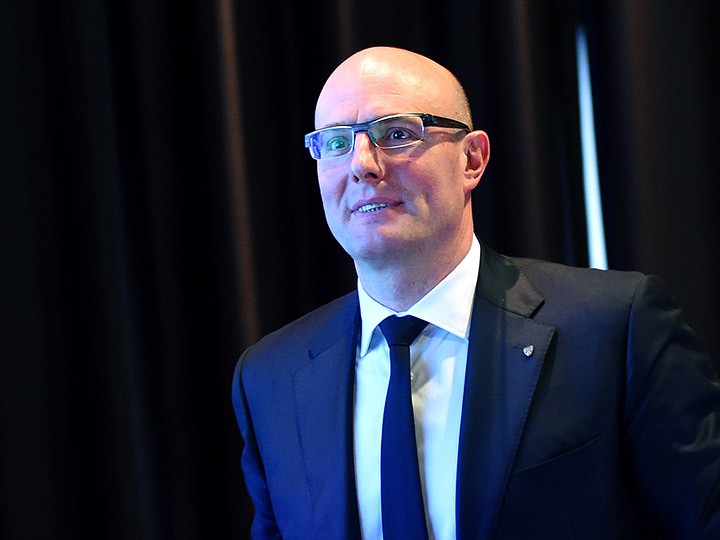
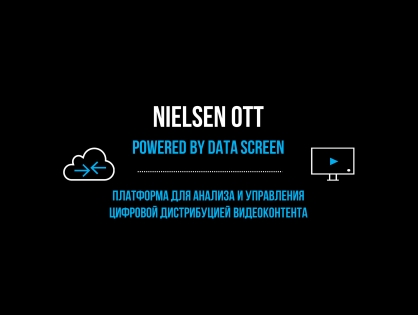
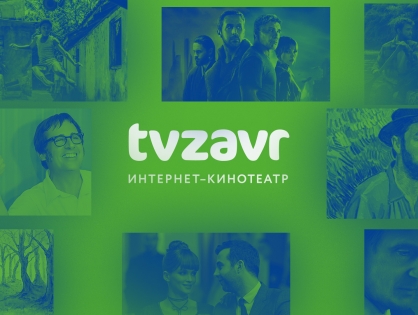
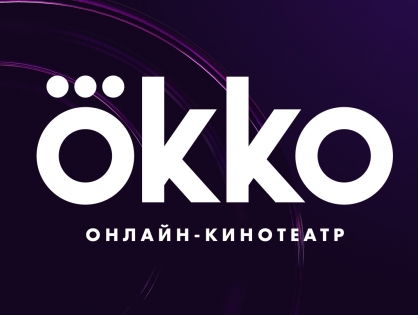
Отправить ответ